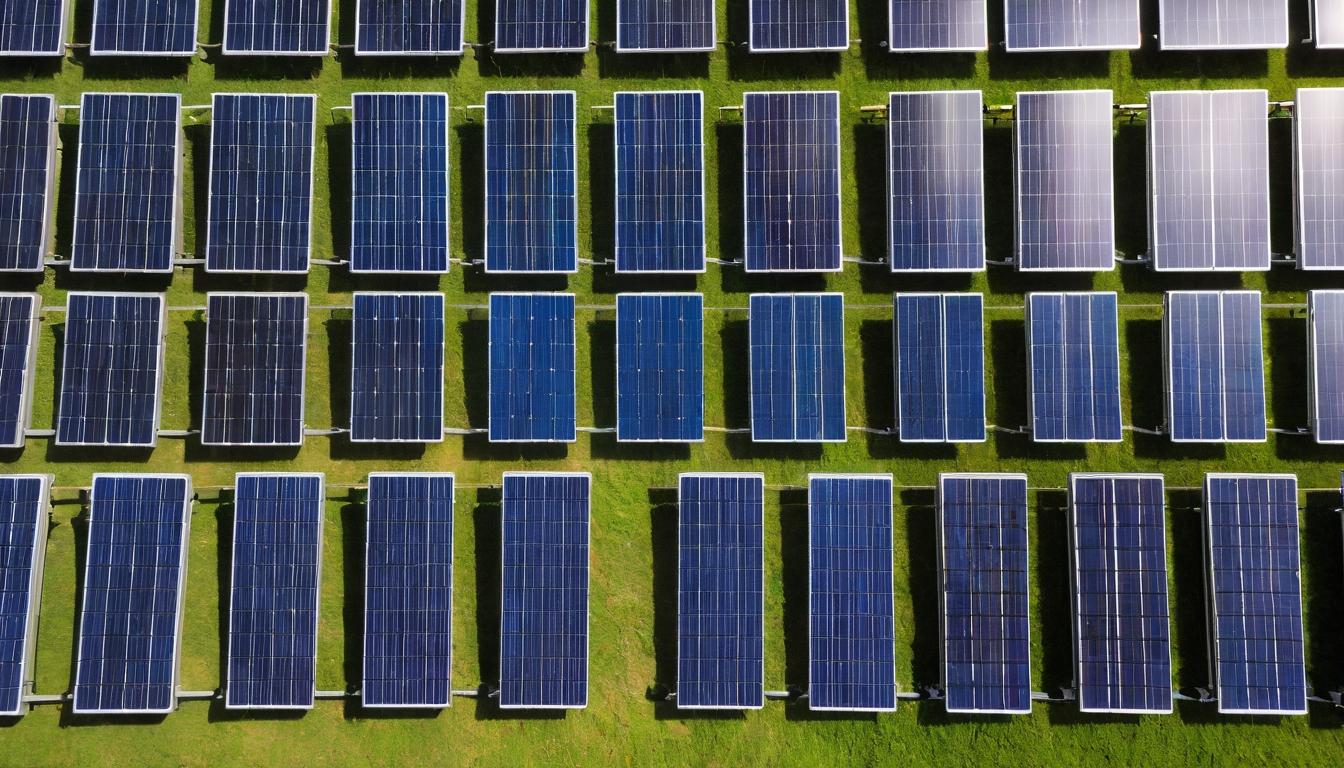In the golden glow of California's solar farms, a quiet revolution is unfolding—one that most consumers never see. While homeowners celebrate their shrinking electricity bills and corporations tout their green credentials, an entire industry has emerged in the shadows, tackling what many call solar's 'dirty little secret': what happens to all those panels when they stop working.
The numbers are staggering. The International Renewable Energy Agency estimates that by 2030, we'll be dealing with 8 million metric tons of solar panel waste annually. By 2050, that number could reach 80 million tons—enough to fill over 4,000 Olympic-sized swimming pools with aging photovoltaic technology. Yet most recycling facilities can't handle the complex sandwich of glass, silicon, silver, and aluminum that makes up modern solar panels.
I recently visited a recycling facility in Arizona where technicians in hazmat suits carefully disassemble end-of-life panels. The process looks more like surgery than waste management. 'We're not just crushing glass here,' explained facility manager Maria Rodriguez, her voice barely audible over the hum of specialized machinery. 'We're recovering valuable materials that would otherwise end up in landfills. A single panel contains about $3 worth of silver alone—multiply that by millions.'
The economics are finally starting to make sense. New separation technologies can recover up to 95% of a panel's materials, compared to the 70-80% typical of earlier methods. Companies like First Solar have developed closed-loop recycling systems where old panels literally become new ones, reducing the need for virgin materials and cutting manufacturing energy use by up to 30%.
But the real story isn't just about technology—it's about policy. The European Union's WEEE Directive already requires solar panel manufacturers to fund collection and recycling programs. In the United States, however, regulations remain a patchwork of state-level initiatives. Washington state leads with its comprehensive solar stewardship program, while other states struggle with basic collection infrastructure.
The regulatory gap creates both challenges and opportunities. 'We're seeing entrepreneurs jump into this space because they recognize the coming tsunami of solar waste,' says Dr. Emily Chen, materials scientist at Stanford University. 'The companies that solve the recycling puzzle today will dominate the circular economy of tomorrow.'
Consumer awareness remains surprisingly low. Most solar owners assume their panels will simply be recycled like soda cans or newspapers. The reality is more complex. Without proper education and convenient drop-off locations, even the most environmentally conscious homeowners might toss old panels in the trash rather than drive hours to the nearest recycling center.
The industry response has been mixed. Some manufacturers have embraced extended producer responsibility, building recycling costs into initial product pricing. Others continue to treat end-of-life management as someone else's problem. The result is an uneven playing field where responsible companies potentially face competitive disadvantages.
Technology continues to evolve at breakneck speed. Researchers at the National Renewable Energy Laboratory are developing panels designed for disassembly—using adhesives that dissolve under specific conditions and components that snap apart rather than requiring destructive separation. Other teams are exploring biological recycling methods using specialized bacteria that can extract valuable metals.
The human element might be the most fascinating part of this story. In regions hit hard by manufacturing job losses, solar recycling facilities are creating new employment opportunities. These aren't minimum-wage positions either—technicians trained in sophisticated material separation can earn $25-30 per hour in a growing field that shows no signs of slowing down.
As I left the Arizona facility, watching stacks of carefully sorted materials ready for their second life, I realized this isn't just an environmental story—it's an economic one. The solar panels being installed today will eventually need replacement, and how we handle that transition will determine whether solar energy remains truly sustainable or becomes another environmental burden dressed in green clothing.
The revolution isn't happening on rooftops or in solar farms—it's happening in recycling facilities most people will never see, conducted by workers most will never meet, solving problems most don't even know exist. And that might be exactly what makes it so important.
The hidden revolution: how solar panel recycling is quietly reshaping the renewable energy landscape

